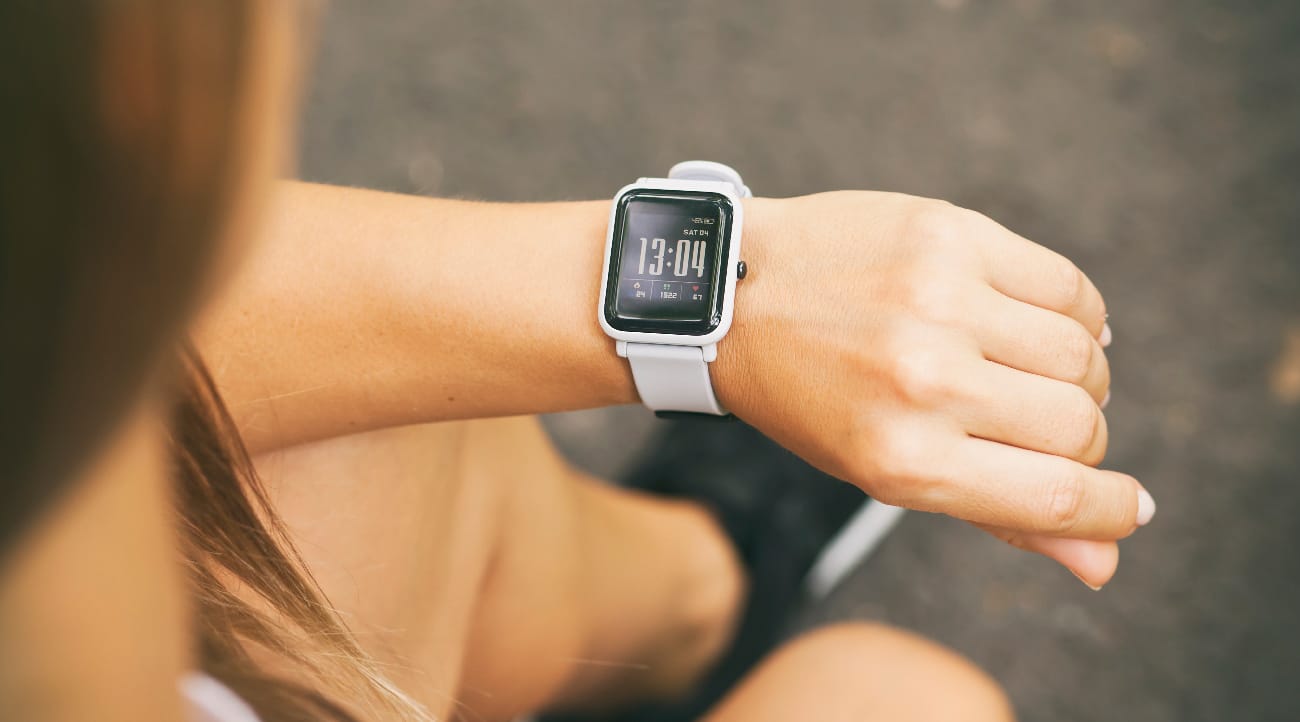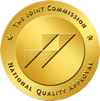The Revolution of Healing
In a world where innovation and technology converge, healing has the potential to take on a new dimension. Innovation in using tech for health and life and even happiness, have given those early adapters in recovery a new weapon in their arsenal: wearables for addiction recovery.
Recovery still needs a solid foundation of addiction treatment (inpatient or outpatient), therapy sessions, 12-step meetings and support groups. But these days there is more.

The Unseen Power of the Apple Watch for Recovery
Steve Jobs, when he introduced the iPhone, envisioned a device that would change how we live, work, and play. But even with his unique insight, he might not have guessed how his creation would evolve and cater to a niche as unique and significant as addiction recovery.
The wearables for addiction recovery are more than just a time-telling accessory. They can be a lifeline. Here’s why:
- Personalized Feedback: Through apps and notifications, using the Apple Watch for recovery purposes can give real-time feedback on health success, remind about milestones, and even what triggers to avoid.
- Health Monitoring: Your heart rate and sleep patterns, actually matter a lot. And they are often affected during the initial stages of recovery. The good news? They can be tracked.
- Emergency Support: With a single touch, you can send alerts to therapists, sponsors, or other support, making potential relapse have less of a chance to get a foothold.
Wearable Devices for Recovery: Not Just a Gimmick
When you’re on the journey of healing, every bit of support counts. Wearable devices, equipped with state-of-the-art sensors and software, give us insight like never before.
Interesting Statistics:
- As of 2023, 60% of Americans own some form of a wearable device, be it a fitness tracker, smartwatch, or a specialized medical device.
- A study published in the Journal of mHealth revealed that wearable devices can detect relapse in individuals with addiction up to 86% accurately.
- 74% of users believe that wearable devices have improved their mental and physical health.
Changing Tides: Embracing Wearable Devices for Recovery
Need more convincing? Here at EagleCrest, we have witnessed relapses. And we know how to help mitigate them. But every edge you can get helps.
- Constant Accountability: In the age of distraction, being present in our recovery can be challenging. Wearable devices for recovery, with their nudges and reminders, ensure we’re always aligned with our recovery goals.
- Community Integration: With features allowing for group challenges or shared progress, individuals in recovery can be part of a community, even virtually, further cementing their commitment to healing.
- Data-Informed Therapy: Imagine walking into a therapist’s office, armed with data about your sleep patterns, heart rate fluctuations during potential trigger moments, and more. Wearable devices bridge the gap between subjective feedback and objective data, allowing for tailored addiction therapy sessions.
7 Wearables for Addiction Recovery
- Apple Watch for Addiction Recovery: When using the Apple Watch for addiction recovery, you can grab a variety of health and wellness apps. From monitoring heart rate to tracking sleep patterns, and even sending reminders to meditate or check in with sponsors.
- Fitbit Charge: Track sleep, heart rate, and even stress levels. It has built-in GPS for outdoor activities and offers guided breathing sessions, useful for managing stress or anxiety, which can be triggers.
- Garmin Vivosmart: Besides fitness tracking, it comes with a “Body Battery” feature, which calculates your energy levels throughout the day. It can give users insights into when they might be more vulnerable to triggers or cravings.
- Whoop Strap: Mainly designed for athletes, the Whoop Strap measures recovery based on daily stressors to ensure optimal performance. For someone in recovery, understanding when their body is under stress can be crucial to prevent relapses.
- Oura Ring: This ring tracks overall wellness by monitoring body temperature, heart rate variability, sleep, and activity levels. Understanding your body’s signals, helps you maintain mental and physical well-being.
- Biostrap: Unlike other wearables, Biostrap focuses intensely on recovery metrics. It can monitor nightly biometrics, including oxygen saturation and heart rate variability, offering detailed insights into overall health and well-being.
- Embrace2 by Empatica: Specifically designed for those with epilepsy, it detects unusual patterns that might signal a seizure. Recognizing physical anomalies can also be useful for those in recovery to understand their bodies better and potentially identify physiological triggers.
The Wave of Recovery
There are some parts of recovery that will not change—root issues that come from a variety of life and experience. That said, we believe you should use any tool that works for you. The early days of recovery are particularly tenuous for some. Wearable devices for recovery, are not just technological marvels; they’re support partners to help you continue to choose life over addiction. They also remind us that recovery isn’t a solitary quest—it can be enhanced, monitored, and shared through the lens of innovation.
Survival is not the goal, transformative success is. Embrace the change, harness the power of technology, and make your recovery truly transformative.
Want to Talk More About Potential Addiction Treatment?
Ready to embark on a transformative recovery journey? EagleCrest Recovery in Benton County, Arkansas, integrates modern approaches for a comprehensive healing experience. Call us today at (844) 439-7627 and let’s revolutionize your path to sobriety together.


